When it comes to tea, China, and Tibet, the Tang Dynasty (618-907 AD) is a pivotal time period. How? To transport tea from China’s Yunnan region to Tibet, where it was in high demand, merchants likely first headed out on horseback, foot, camel, pack mules, and other modes of transportation.
Tea was sometimes transported in the form of bricks, balls, or discs so that it could be safely carried through perilous mountain passes on journeys that may span months or even years depending on factors like the weather, the state of the road, and the presence of bandits. By the time they got to their destination, the tea would taste like it had been matured in a cask just like a bottle of wine, taking on the flavour of the caravan road. In ancient times, the monarchs of Tibet enjoyed the finest of this tea.
In particular, Trisong Detsen, Ralpacan, and Songstän Gampo were three of these rulers. The Three Dharma Kings of Tibet are credited with introducing Buddhism to their realm; legend has it that they enjoyed drinking aged Yunnan tea for its purported mental, physical, and spiritual benefits.
Our finest Emperor Pu-Erh tea, aged for four years, is dedicated to the three emperors. Made from tea leaves that have been cultivated in the same fields for centuries, aged Emperor Pu-erh boasts complex flavours of earth, malt, and a heavenly sweetness. This tea lives up to its noble moniker and is visually gorgeous.
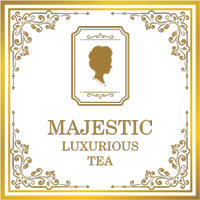

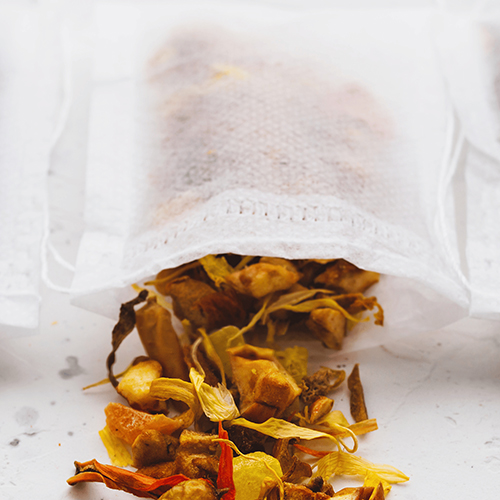
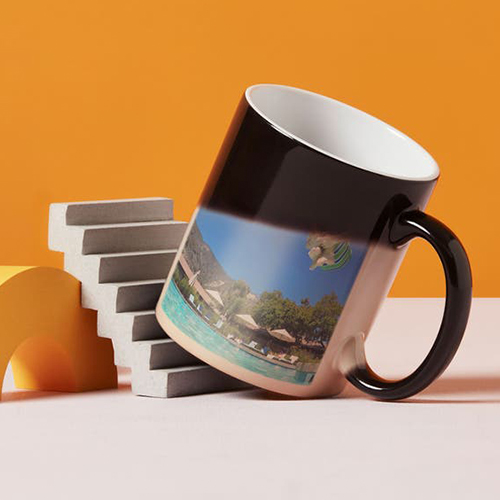

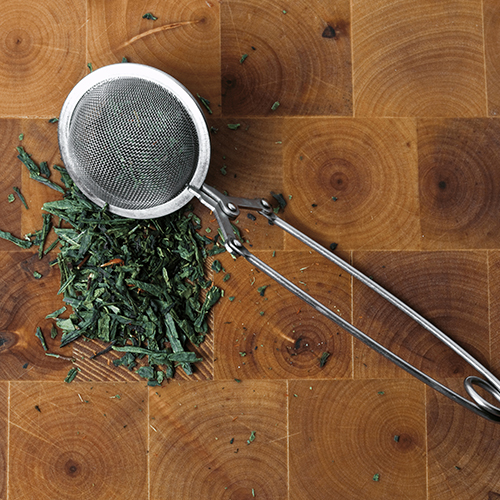
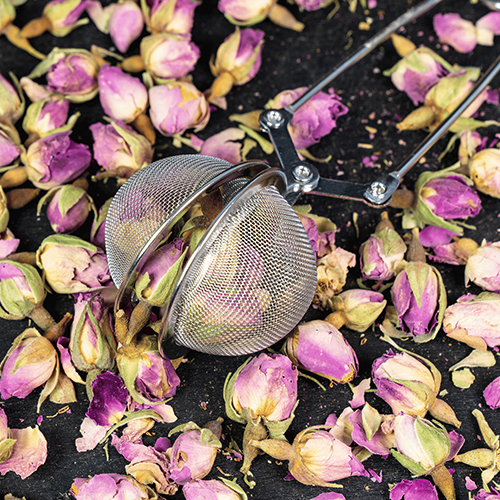

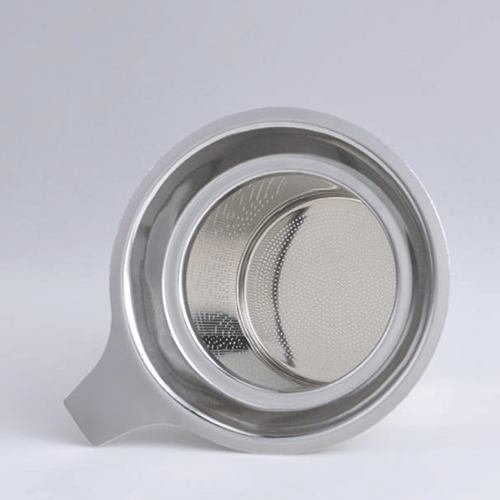
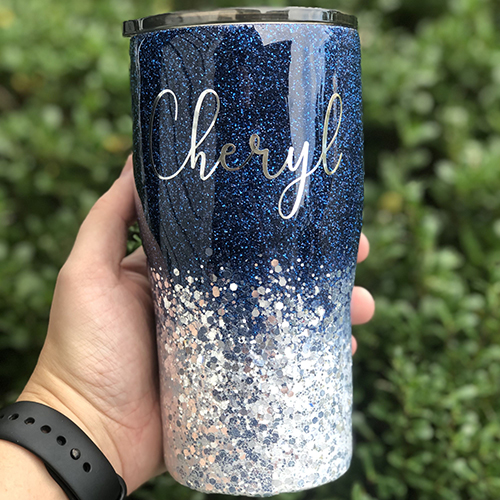
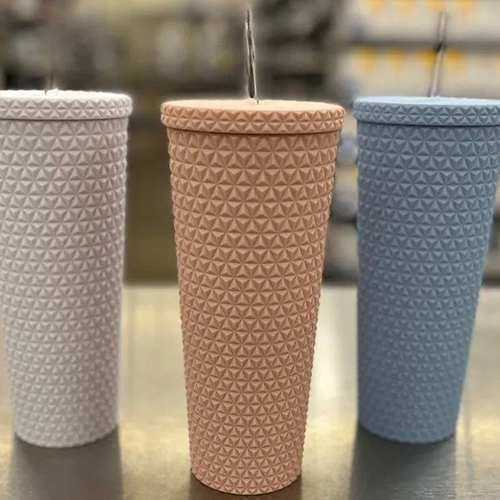
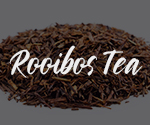
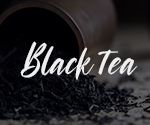
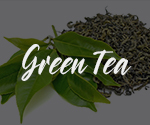
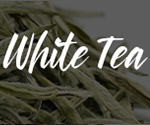

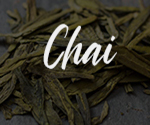
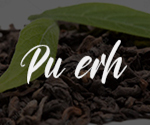
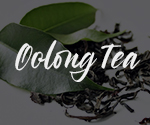
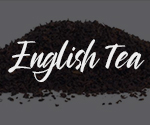
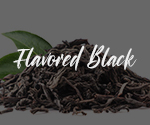


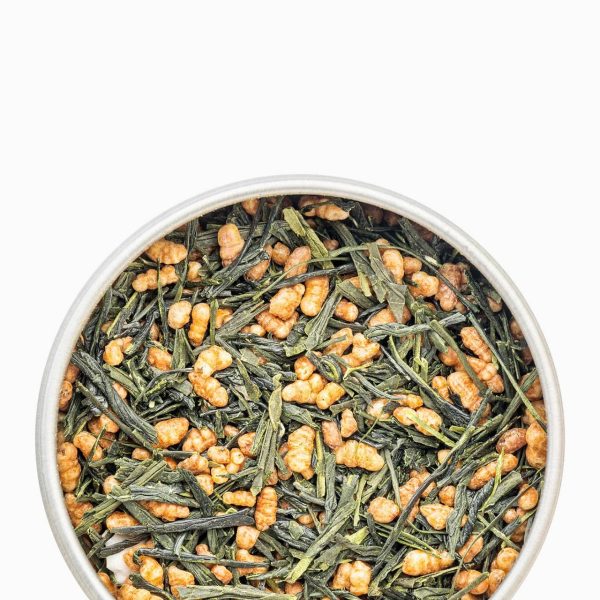
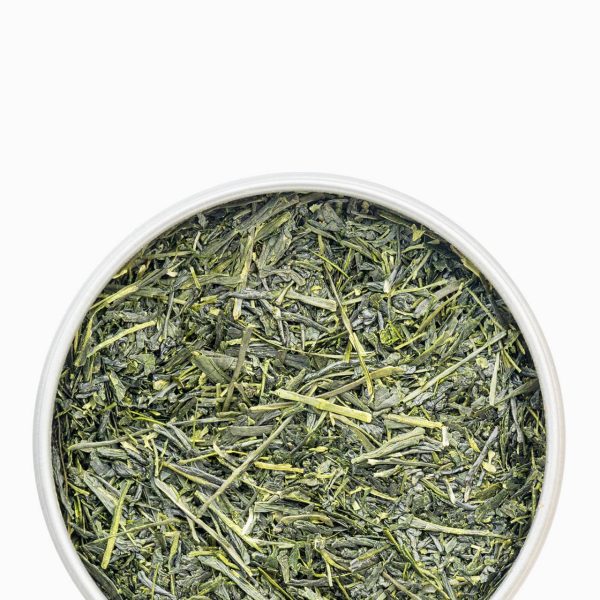







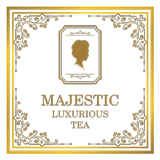

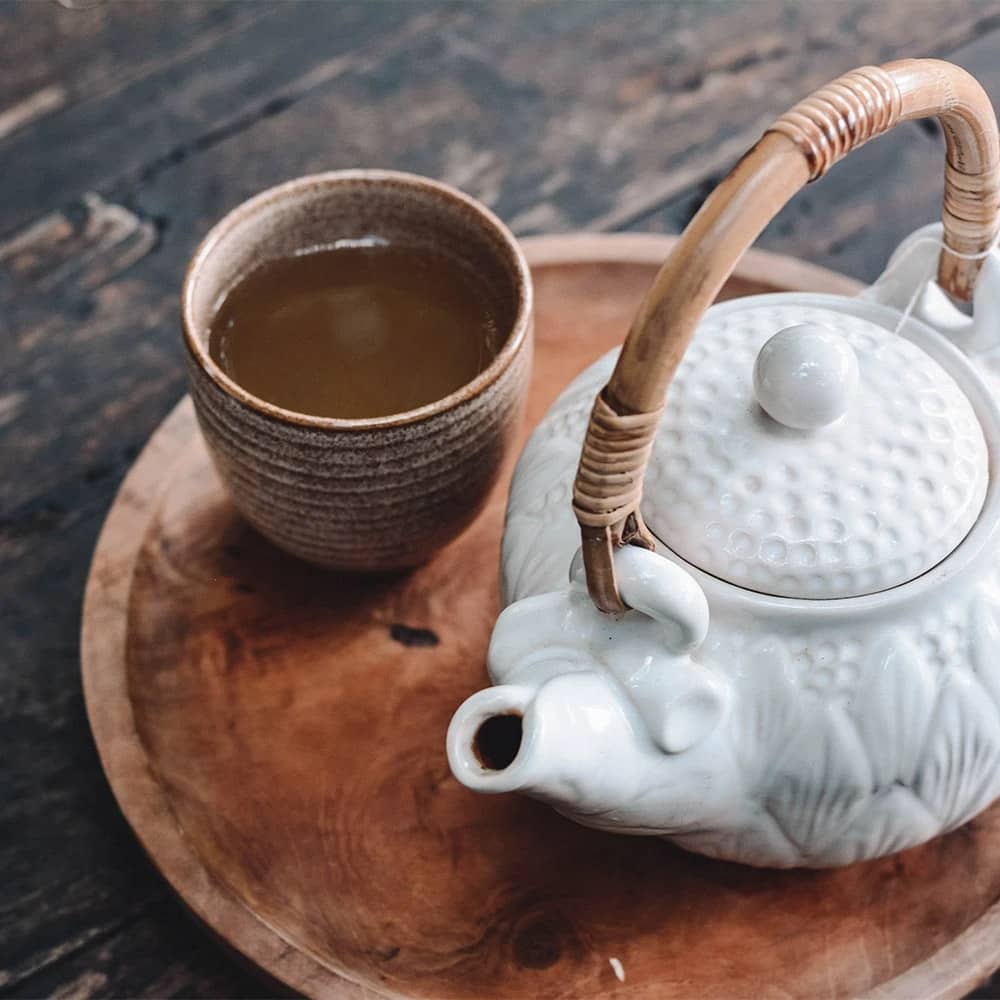
Reviews
There are no reviews yet.